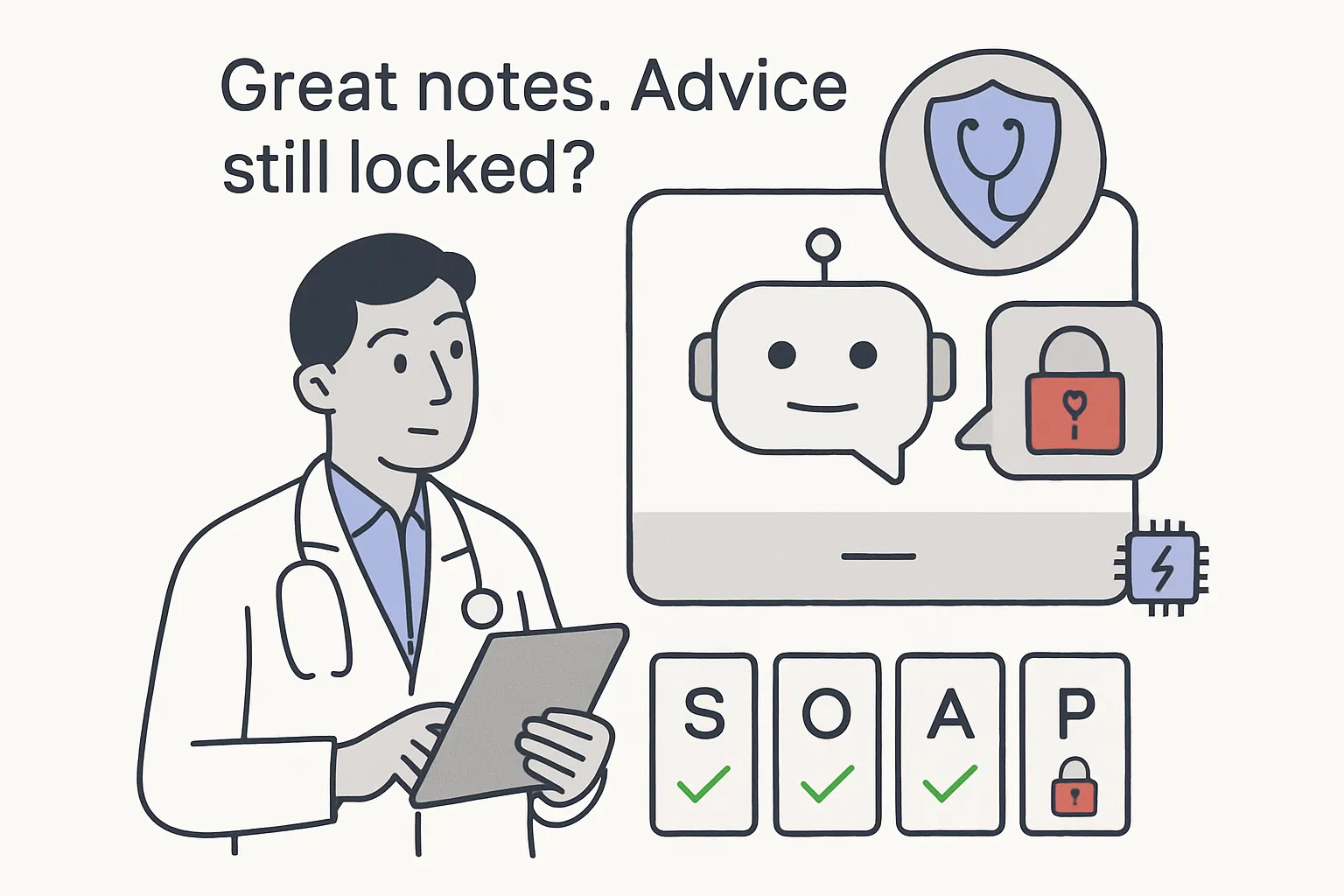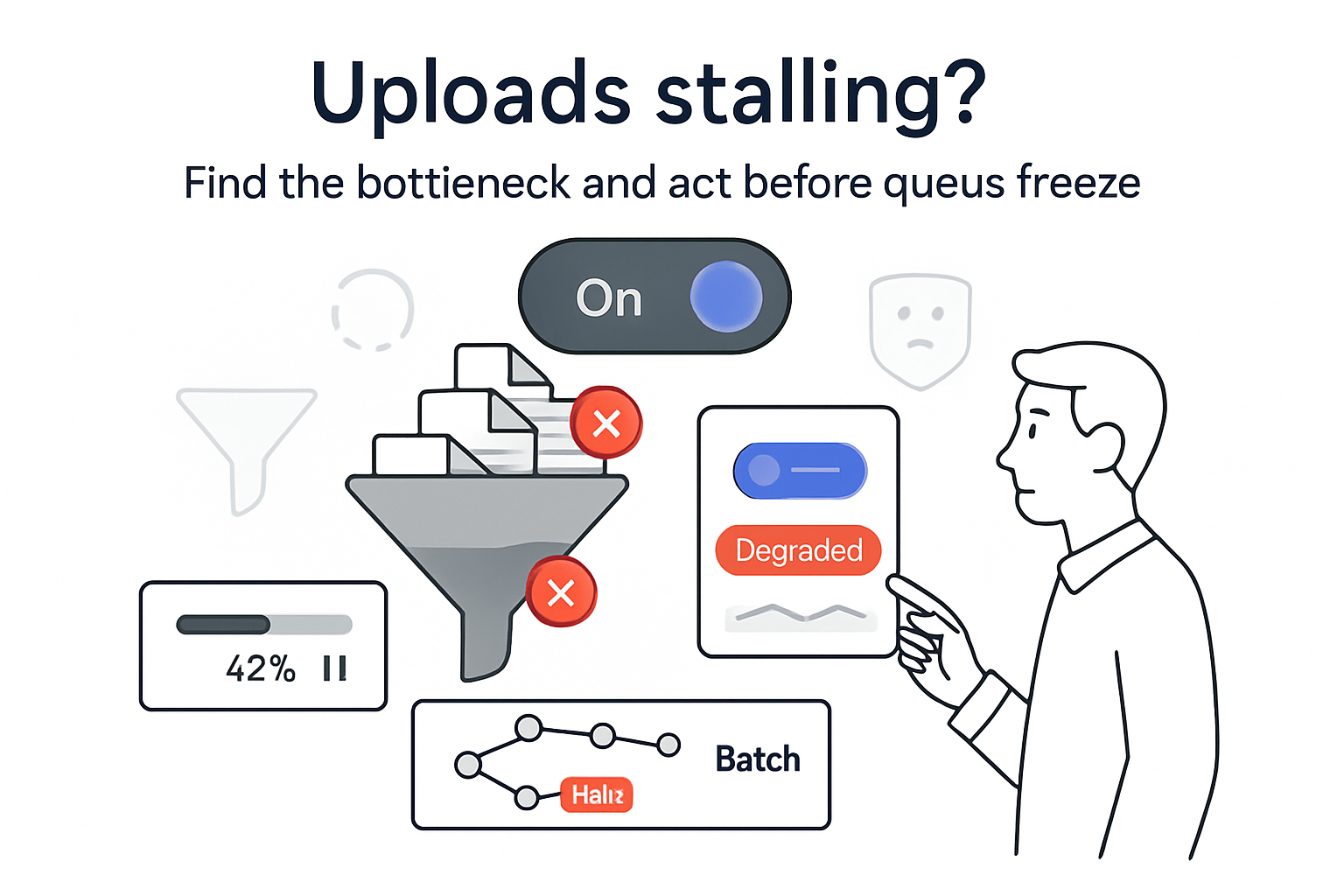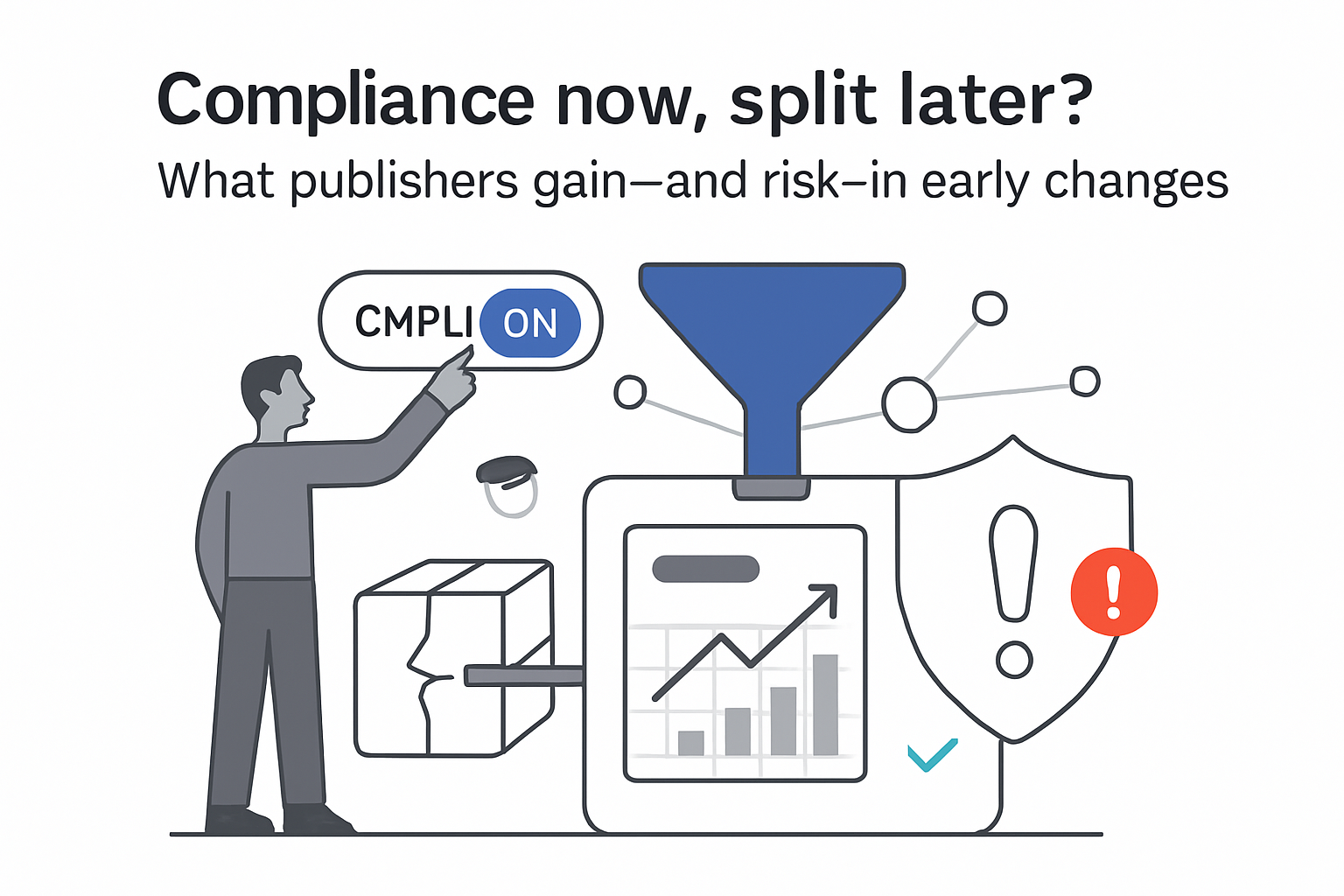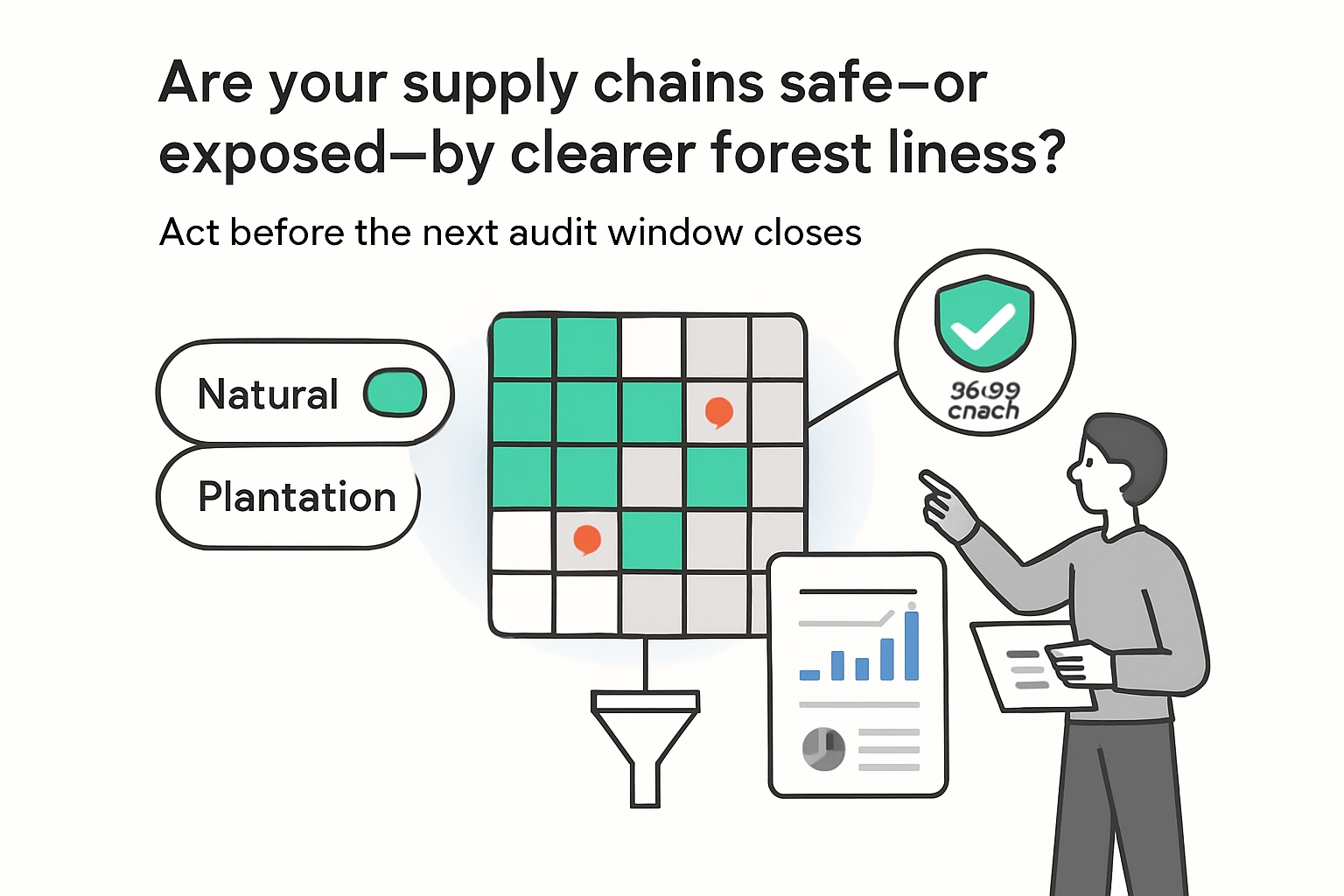Google DeepMind and Google Research unveiled guardrailed-AMIE, a research system for conversational history-taking with physician oversight, on August 12, 2025. The release came via a Google Research announcement and an accompanying technical paper. The system restricts individualized medical advice and routes clinical decisions to physicians for review.
What g-AMIE is
Guardrailed-AMIE (g-AMIE) extends AMIE with a multi-agent design built on Gemini 2.0 Flash. It conducts patient dialogues focused on history taking and generates a clinician-facing SOAP note. Outputs include a visit summary, a proposed differential diagnosis, a management plan, and a draft patient message.
A guardrail prohibits sharing individualized medical advice directly with patients. Clinicians review and edit AI-generated content in a cockpit interface, keeping decision-making under physician control.
Study design
The work, authored by David Stutz and Natalie Harris of Google DeepMind and Google Research, was evaluated in a randomized, blinded virtual objective structured clinical examination across 60 standardized cases with patient actors. Control groups were early-career primary care physicians (PCPs) and nurse practitioners or physician assistants, all operating under identical guardrails. Overseeing PCPs had at least five years of experience, including supervisory experience.
Documentation quality and oversight performance were scored using a modified QNote rubric and oversight-specific measures.
Key findings
- No consultation was rated as definitely containing individualized medical advice.
- Raters scored g-AMIE higher for eliciting key patient information.
- SOAP notes were judged more complete, accurate, and readable than controls.
- Overseeing PCPs more often accepted g-AMIE draft patient messages and preferred overseeing g-AMIE.
- Differential diagnoses and management plans were rated more appropriate than controls.
- Raters found follow-up decisions more appropriate and documentation sufficient for downstream care.
Why it matters
The design separates history-taking from decision-making so physicians can maintain control of clinical actions while benefiting from AI-generated documentation and options. Prior work suggests oversight can add cognitive load in AI-assisted workflows, and this approach aims to streamline supervision. The authors noted that clinicians in the study were not trained on this workflow, which may affect generalizability.








.svg)